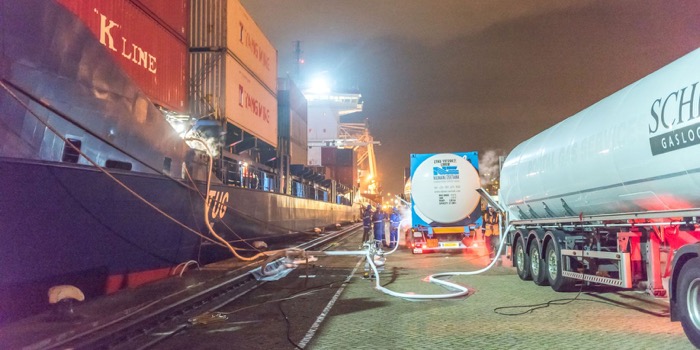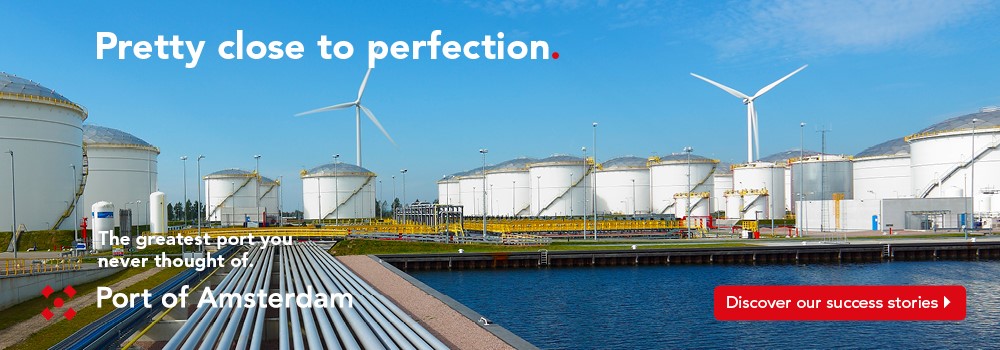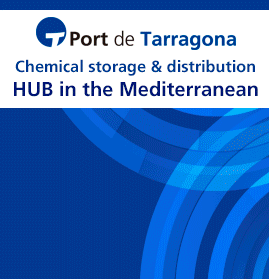Less fuel oil and more LNG bunkered in 2017 at the Port of Rotterdam
In 2017, at the Port of Rotterdam, the sale of bunker oil dropped from 10.1 million metres squared to 9.9 million metres squared. Most bunkers contain fuel oil, in 2017, 8.3 million metres squared. The throughput of bunkered liquefied natural gas increased from less than 100 tonnes to 1500 tonnes.
According to market parties, approximately 1 to 1.5 million metres squared of bunkered fuel oil consists of so-called ‘ultra-low sulfur fuel oil’ with a sulfur content lower than 0.1% (ULFSO). Ultra-low sulfur fuel oil has been used since 2015. At that time, the permissible sulfur content in fuel oil went from 1.0 to 0.1% in the ECAs (emission control areas) of the North Sea, the Baltic Sea and the coasts along the United States. The sales of these new products are not yet specifically reflected in the figures of the port of Rotterdam.

The increase in LNG bunkers was mainly due to the Wes Amelie, the world’s first container ship that was converted to LNG propulsion. The vessel regularly bunkers at the City Terminal at the Prins Willem Alexanderhaven. Last year, Shell also put the ocean-going vessel Cardissa into use. The vessel, which has Rotterdam as its work location, will supply customers throughout Europe with LNG from the Gate terminal in Rotterdam. The commissioning of the Cardissa is an enormous step in the transition from fuel oil to LNG as fuel for shipping and is in line with the policy of the Port Authority which focuses on this.
For more information visit www.portofrotterdam.com
26th Feb 2018













